Are you captivated by medieval and Renaissance art? Here are the best museums to visit in Saxony:

Old Masters Painting Gallery
DresdenThe Old Masters Painting Gallery (Gemäldegalerie Alte Meister) is a musuem in Dresden that holds a collection of paintings from the 15th to the 18th centuries. The collection contains over 750 paintings, including old masterpieces from the Italian Renaissance and Baroque, but also works by the Flemi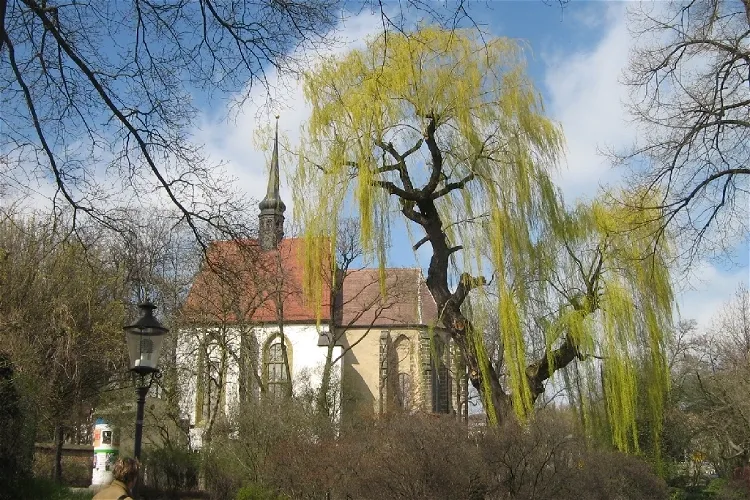
Museum Church of the Holy Cross
ZittauThe Church of the Holy Cross in Zittau, located in Saxony, is a secularized Gothic church. It is known for being the largest single-support room in Germany. The church now serves as a museum, where the Great Zittau Lenten Veil is exhibited. This historical artifact is a significant part of the museum's collection and is a major attraction for visitors.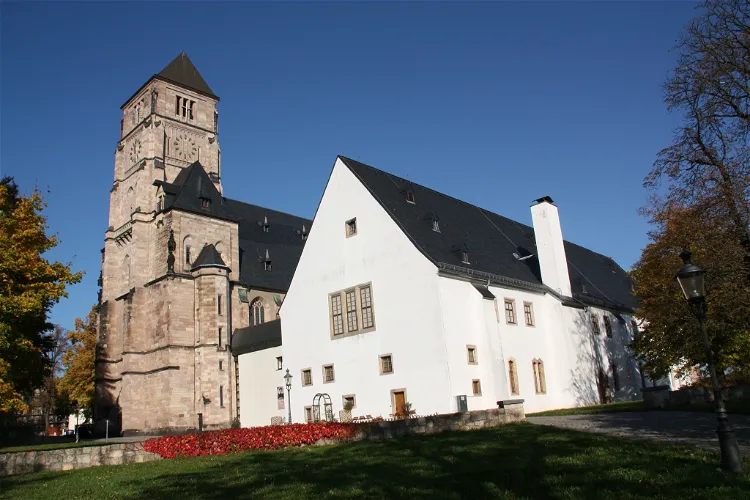
Schloßbergmuseum Chemnitz
ChemnitzThe Schloßbergmuseum is the city history museum of Chemnitz. It is situated in the Schloßchemnitz district on the grounds of an old Benedictine monastery. This location adds a historical charm to the museum, making it a unique place to learn about the city's history.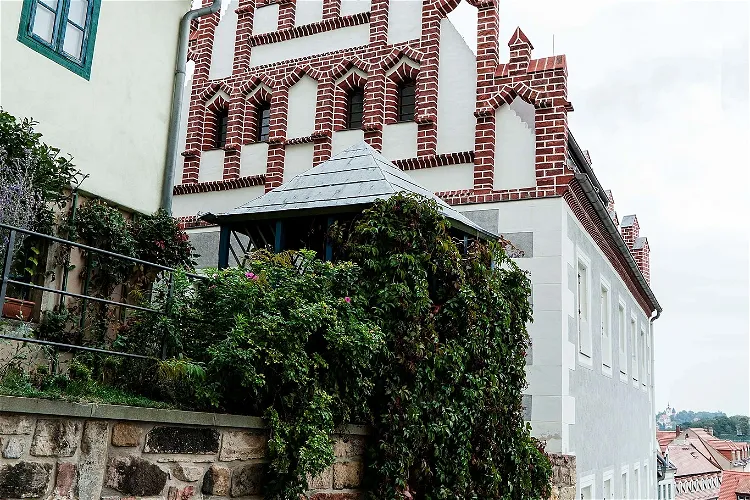
Prälatenhaus
MeissenThe late Gothic Prälatenhaus is one of the oldest houses in Meissen and a monument of regional importance. This three-story building, built directly on the rock, is a significant part of the picturesque western view of the old town. Its late Gothic brick gable and the significant remains of late Gothic wall paintings contribute to its historical value.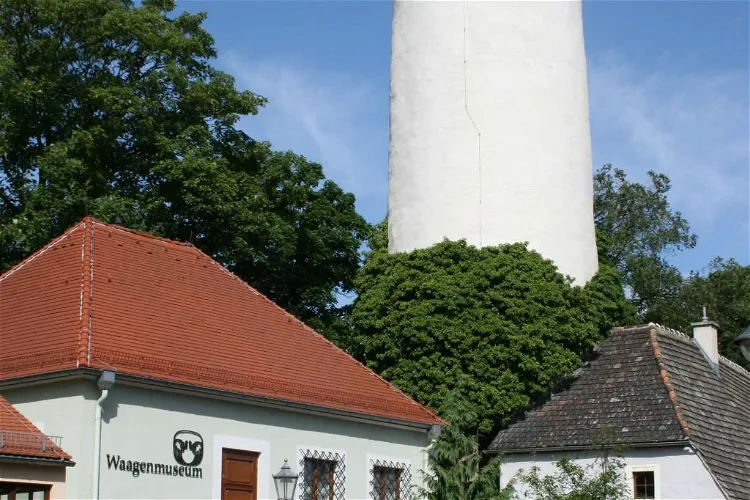
Stadt- und Waagenmuseum
OschatzThe Stadt- und Waagenmuseum Oschatz is a regional museum located in Oschatz, Saxony. It is unique in its offering as it also houses an exhibition dedicated to the development of scale construction. This exhibition traces the history of scales from their earliest forms to the modern electronic weighing devices. This makes it a fascinating destination for those interested in the history of technology and industrial development.
Museum der Bildenden Künste
LeipzigThe Museum of Fine Arts in Leipzig (Museum der Bildenden Künste) is a museum that, with more than 10,000 m² of exhibition space, is one of the largest exhibition halls in Germany. The collection contains approximately 3,500 paintings, 1,000 sculptures and 60,000 graphics. It includes works from the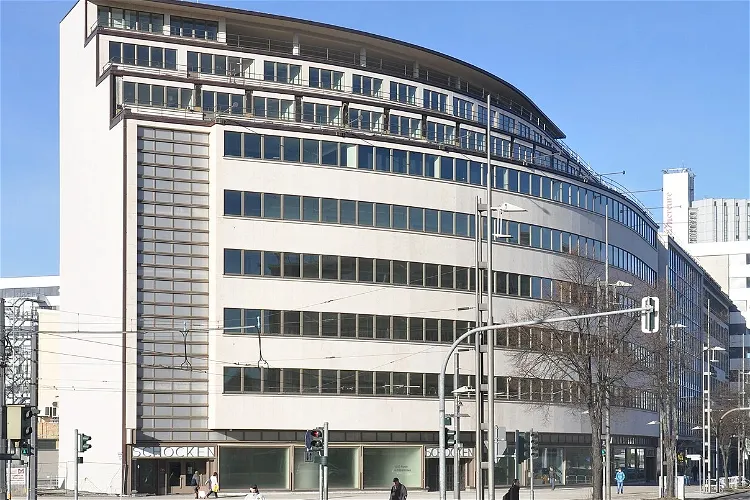
State Museum of Archaeology Chemnitz
ChemnitzThe State Museum of Archaeology Chemnitz, abbreviated as smac, is the archaeological-cultural state museum of the Free State of Saxony. It was inaugurated on May 15, 2014, and is housed in the former Schocken department store. This museum is a successor institution to the State Museum of Prehistory Dresden and is part of the State Office for Archaeology Saxony.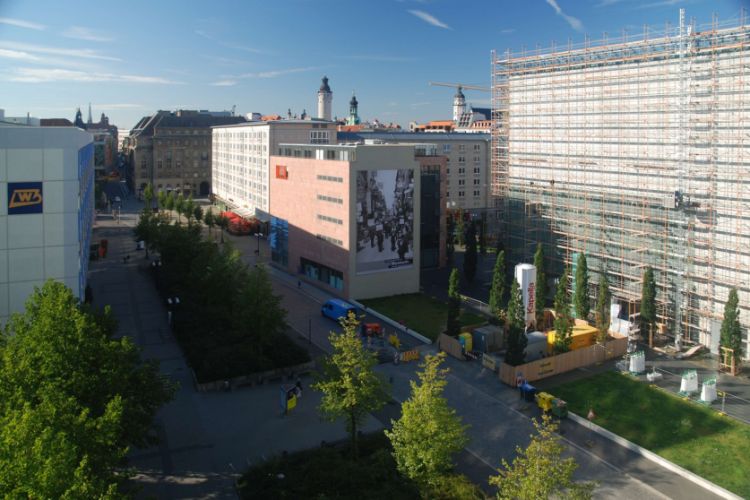
Museum of Local History (Stadtgeschichtliches)
LeipzigThe Stadtgeschichtliches Museum Leipzig is a museum in Leipzig that collects, documents and exhibits objects, information and contexts of the city from the city of Leipzig in the early Middle Ages to the present. Housed in the city town hall, this museum is devoted to the history of Leipzig. Visitor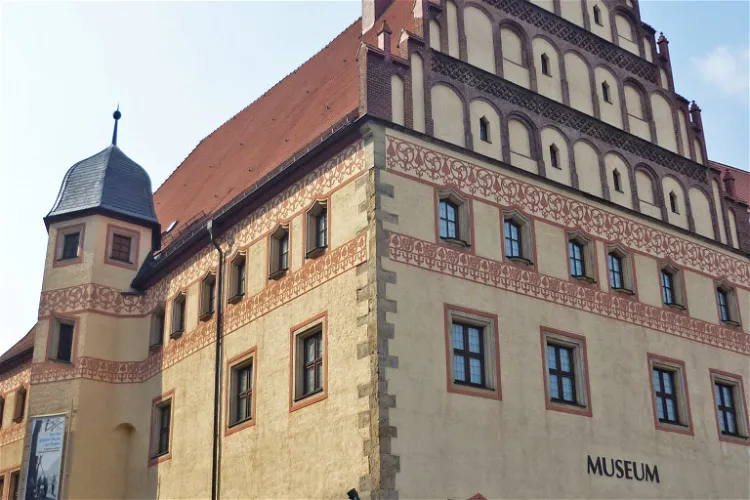
Stadt- und Bergbaumuseum Freiberg
FreibergThe Stadt- und Bergbaumuseum Freiberg, established in 1861 by the Freiberg Antiquity Association, is one of the oldest civic museums in Saxony. It is located in the former Domherrenhof, a late Gothic secular building. This museum is a testament to the rich history and culture of the region, offering visitors a unique insight into the past.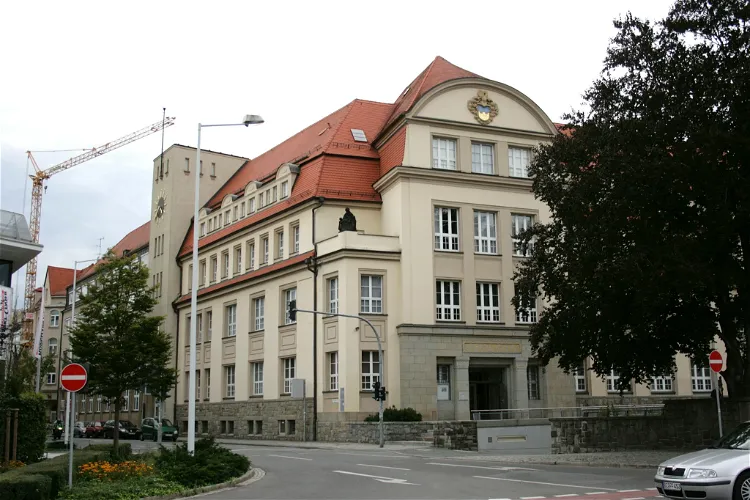
Museum Bautzen
BautzenMuseum Bautzen, also known as Muzej Budyšin, is a significant cultural institution in the region of Saxon Upper Lusatia. It is conveniently located at Kornmarkt, making it easily accessible for tourists visiting the area. The museum is known for its extensive collections, which are among the largest and most important in the region.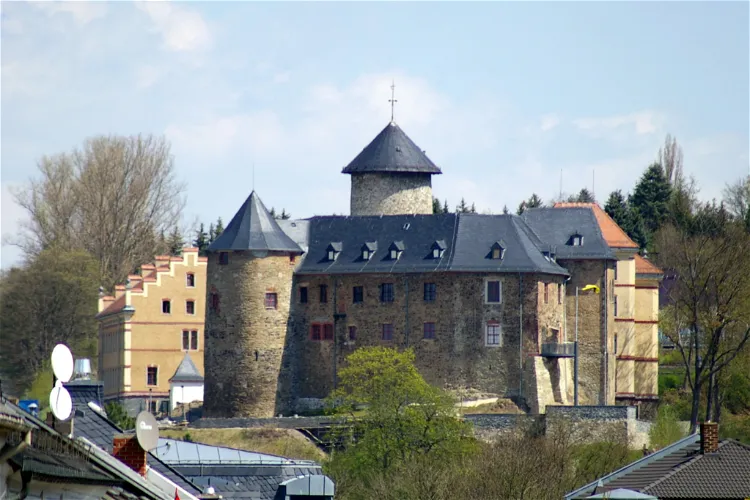
Schloß Voigtsberg
OelsnitzThe Voigtsberg Castle, which was later renamed Schloss Voigtsberg, is a typical high medieval castle. It was significantly damaged during the Thirty Years' War and was subsequently rebuilt into a castle. This transformation has given the structure a unique blend of architectural styles, making it a fascinating site for history and architecture enthusiasts.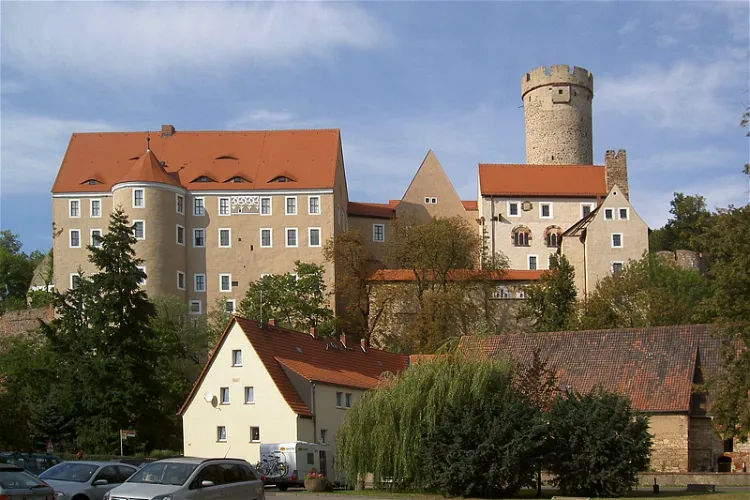
Gnandstein Castle
FrohburgBurg Gnandstein, situated above the Wyhra river in Gnandstein, a district of the city of Frohburg, in the Leipzig district in Saxony, is a significant historical site. It is recognized as Saxony's best-preserved Romanesque fortress, offering a unique glimpse into the region's past.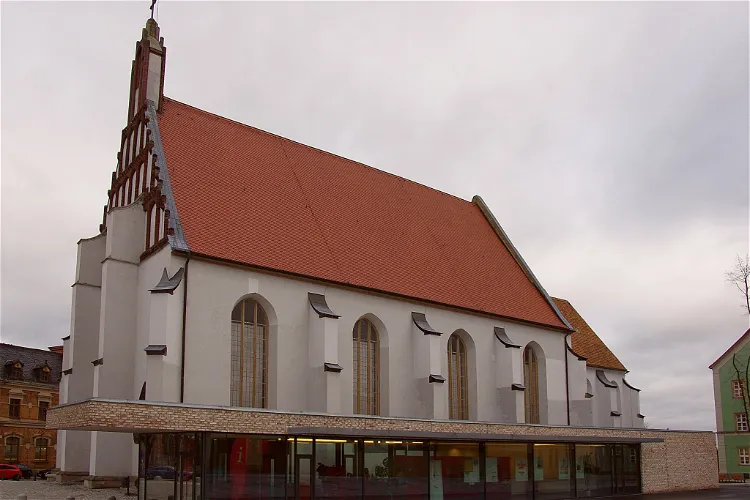
Klosterkirche und Sakralmuseum St. Annen
KamenzSince August 2011, the Klosterkirche St. Annen has been serving multiple purposes. It is not only a place for ecclesiastical activities and concerts but also houses the Klosterkirche und Sakralmuseum St. Annen. This museum showcases sacred works of art from the Kamenz churches, offering visitors a chance to appreciate the religious artistry of the region.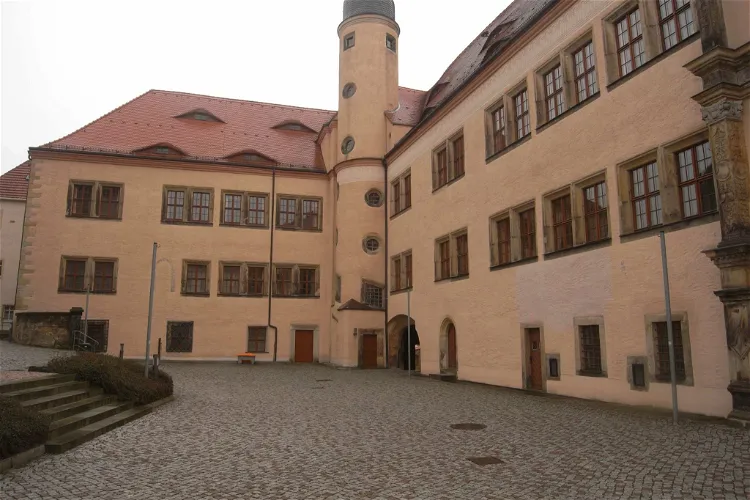
MiBERZ – Museum für mittelalterlichen Bergbau im Erzgebirge
DippoldiswaldeThe Museum für mittelalterlichen Bergbau im Erzgebirge, situated in Dippoldiswalde, is a unique destination that offers a glimpse into the ancient mining history of the region. The museum, which opened its doors on August 24, 2018, houses a collection of archaeological findings that were discovered beneath the city. These artifacts provide valuable insights into the mining practices and techniques used during the Middle Ages.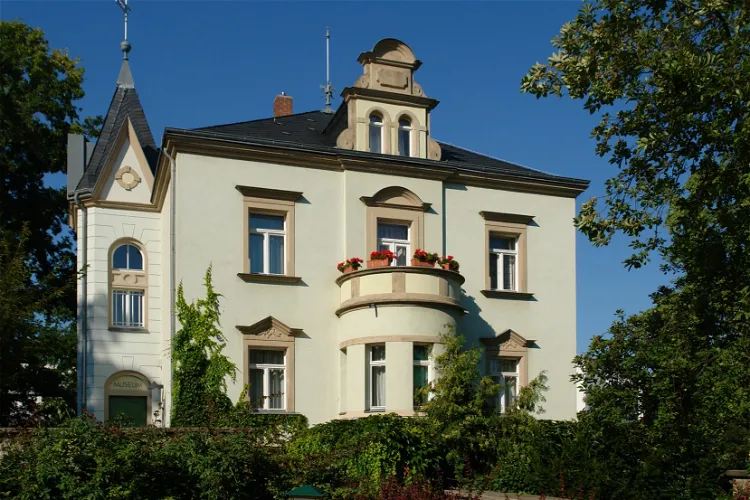
Karrasburg Museum
CoswigKarrasburg is a significant historical site in Coswig, a city located northwest of Dresden in the Saxon district of Meißen. This medieval water castle is not just a historical monument but also houses the city museum. The museum offers a unique opportunity to explore the rich history of the region, making it a worthwhile destination for tourists interested in history and culture.- 16
Kriminalmuseum des Mittelalters
LeipzigThe Kriminalmuseum des Mittelalters is a museum in Leipzig with historic torture and execution instruments of medieval times. The museum wants its visitors to experience the atrocities of the medieval legal history up close and discuss one of the worst chapters in history.